The Racing Pigeon Loft Part 2
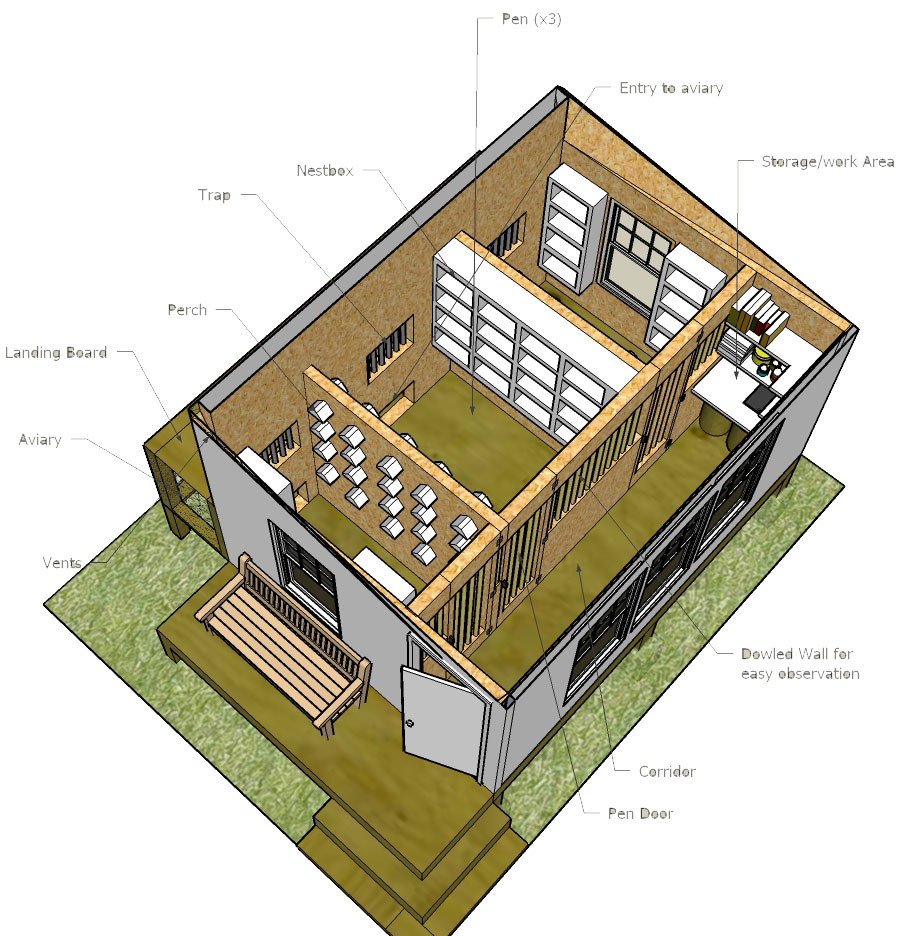 Ventilation
Ventilation
When the air inside the loft is not as fresh as the outside air, then there is a ventilation problem.
The traditional Australian loft is open at the front and gets good race results in areas with low humidity (non-coastal and inland regions, South Australia etc.). Such a loft requires little other ventilation other than vents on the back and side walls of the loft. Place the vents under the perches rather than at the top, so that the air does not pass over the birds resting in the perches. The flow of air over the birds created by incorrectly placed vents is referred to as a draft and causes illness by preventing the birds from resting.
The creation of proper ventilation in enclosed lofts is more difficult to achieve and in dry areas it is often better to avoid enclosed lofts. However, in high humidity and very cold areas the loft must be enclosed at night to maintain the form of the fit race team, although it is opened up as much as possible during the day. The best lofts can be opened up during the day and closed up at night, when it is raining or during cold humid weather.
More ventilation is required in closed lofts than open lofts. Ceiling or wall ventilation fans are often used to improve the circulation inside the loft. Vents placed on the back and side walls near the floor are open during the day and on warm nights and closed when it is wet or cold. Double-check the quality of the air inside an enclosed loft by asking an asthmatic friend to stand inside and pass an opinion as to the freshness of the air.
Pigeon numbers
Overcrowded lofts do not race to their true potential. Overcrowding increases fighting, creates restlessness and increases the staleness of the air. Overcrowded lofts have consistently good droppings, although the birds may be healthy. Often healthy nutty droppings return when the numbers are decreased. The best race results occur when the numbers are kept around 25 birds per 6 foot x 6 foot by 6 foot loft.
Wetness in the loft
Waterproofing the loft is a priority, because wet floors endanger the health of the birds. Fit race birds immediately lose form and often succumb to coccidiosis three days after the floor gets wet. Disinfecting or cleaning the loft using water must be reserved for warm days or allowed to dry whilst the birds are out exercising. Concrete slabs hold water and are not recommended for race lofts and must be designed to drain and dry quickly when used beneath elevated flights during the race season.
Clean loft
Pigeons love a clean loft and rest better when the perches and floor are cleaned free of droppings. Sand on the floor looks good, but is not recommended during the cold months of the racing season. At this time the birds may suddenly over-engorge on it and lose form because of the resulting “gut ache”. Pigeons love to lie down on straw but it must be perfectly fresh, clean and be free of dust or moisture. Black marks and a musty smell to the straw indicates mould on the straw, which can damage the pigeons airsacs when inhaled.
The loft is cleaned at least once and even better twice daily during the racing season.
Twice daily cleaning allows the fancier to monitor the health of the race team very closely. A change in the droppings is then recognised very early and the appropriate remedy (either rest, water cleanser, medicines, loft heaters etc.) can be quickly and effectively prescribed. The design of the loft must be such that scraping is made as easy as possible. The floor should be perfectly flat and smooth and the perches must be wide enough and brought out from the wall for easy scraping.
Loft position
The best lofts are positioned in the yard to get the most amount of sunlight from the day during the racing season. In Australia, the best direction to face the loft is between North West to North East, because the sun moves northward during the winter months of racing. Lofts need as much sunlight as possible. They also need space to breathe fresh air and are best away from trees, fences and be elevated.
The resting pigeon
The best designed lofts create an environment that is so relaxing that during the day and at night-time the birds lie down on the ground or on the perch with their wings hanging loose. The compartment sizes should not be too large, but small and low enough for the fancier to catch the birds easily without chasing them around the loft. The race team is tamer and more relaxed in a loft with smaller compartments. The best size sections are 6 inches higher than the fancier, 6 feet deep and 5 feet wide.
Loft materials for ceilings, walls and floors
In high humidity areas the ceiling and walls of the pigeon loft must be lined if consistent racing results are to be enjoyed. Masonite and wood are better insulators than metal. The best floor for racing is made of wood (form ply or marine ply) because it is a good insulator, stays warm, and is smooth for effective scraping. It can be unscrewed and replaced with wired floors during the off season if required. Wood floors are harder to disinfect. Concrete floors are not recommended in the race loft because they are cold and retain moisture, but they are good for the breeding loft and can be used for the race loft if they are centrally heated. In high humidity areas wire floors are not recommended for racing because the droppings beneath the wire accumulate moisture and grow fungus, which causes moulding disease. They are acceptable in dry areas and during the breeding season, but must be treated for fungus and insects regularly.
The Racing Pigeon Loft Part 2 by Dr. Rob Marshall
The Leading Online Pigeon Racing and Racing Pigeons Magazine – The Pigeon Insider


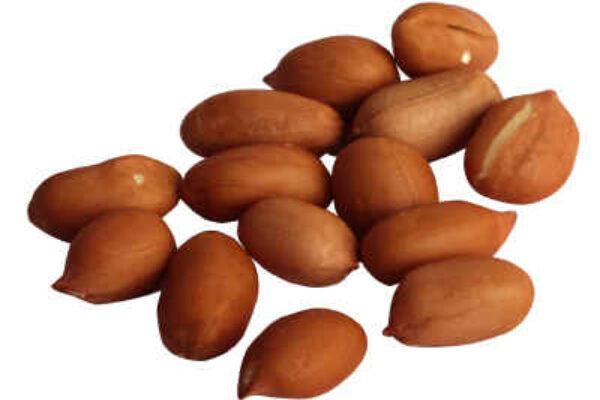

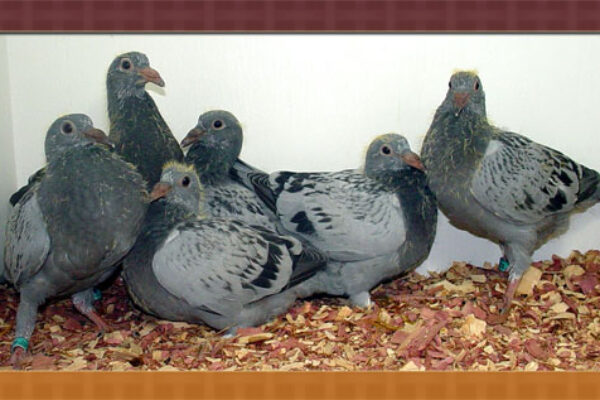
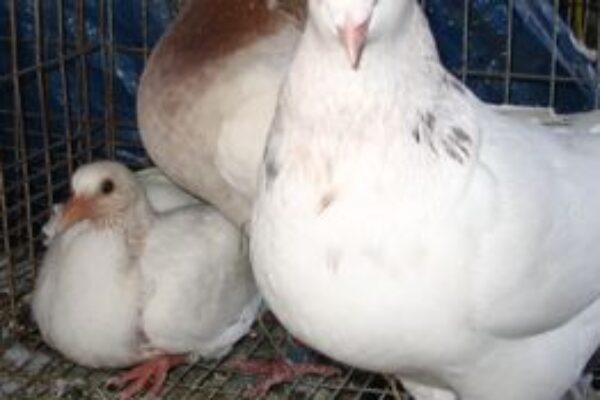
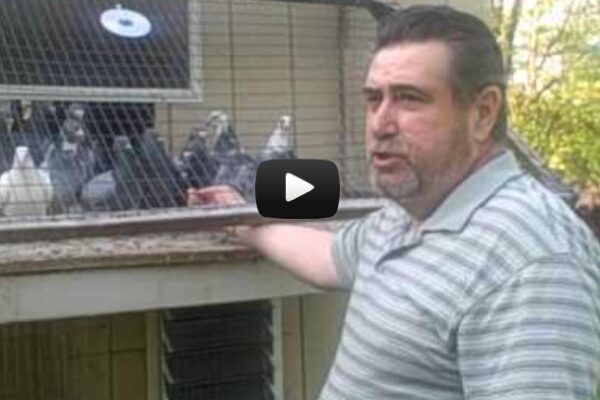



thanks chris for the great lnfo part 2 of the pigeon insider
it has great tips keep up th good work
Thanks for the Great Info. Chris! Keep up the Good Work you are doing!
I like it. I like the architecture and the topics. It is very clear that the cleaning is crucial. What is hapaning with the health of the fanciers entering into an environment not very well cleaned and with a high degree of ventilation?
Kind regards,
mircia
First I like to say THANKS,all my life i’ve had pigeons being from NEW YORK the BRONX,I always kept alot of birds 600 to 900 on the roof Flights, Tiplets i’ve never really liked Homers until i moved down to FLORIDA. Reading racing-pigeon loft2 has relly open my eyes i’ve come to a hard but necessary decision in my loft. Theres just way to many pigeons and i’m trying to take racing pigeons serious. My plan now is to get rid of half of what i have which without counting just looking seems to be 400 to 600 birds that’s flights,tiplets & homers I plan on keeping 1 pair of flights and 2 pair of tiplets and if the homers don’t race no more or i’m not trying to breed from them there out of here that should allow me to have 150 to 200 pigeons which will include young birds for the year. I remember when i first started with the homers i had less then 50 my young bird team was 27 at the end of the season i still had 21 left that was 2003 I still 16 that I’ve made my foundation birds. Theres so much information that a fancier needs to keep healthy birds as well as winning birds that you will not get from your club members they will always give you scatter info.Ive hooked up with a gentleman called Rich Ross in just a few e-mails and conversation on the phone i’ve learnt more about racing,training,breeding etc.then i’ve learnt since i started.
Thanks again and I’m looking forward to your next article.
ROYAL
m
Do not over boil the cinnomon folks! – add it just when the water has boiled and but the heat off,let the brew settle.
Thank you for all the information.It has been a great help!!
Hello Chris !
I just like to tell you that I do enjoy reading your articles , and that I fond it wary interesting , also admire your love for the sport . Loved the story how it started , I guess we all have a so called story , it happens to as just like magic , I was 10 or 11 when I got hocked and the bond just gets stronger and stronger .And the beauty of it is that you never stop learning when comes to pigeon racing it is full of mystery , the excitement is endless .Thank you for sharing all this with the world , and I think we all can learn something from you .Keep up the good work ,all the best to you !
Laszlo
thanks spiderman. not that i am planning doing that with a simple 8×8 loft, but just curious if you could train birds to use seperate traps. interesting enough. since mine will only be 8×8, i will not have enough space to put a divider in it. although i am planning on having regular homers, and some whites for hopefully wedding releases, IF and i say IF, the white and dark colored birds happen to pair up, when they make eggs, i’ll just swap them out with dummy eggs. i want to have both dark and whites, but i don’t have the room for a partition. is ther anything wrong with just doing some population control with the eggs if the different colored birds mate up?
hope you dont mind i have a question to ask its not really related to the topic weve been discussing around here.i just wanna ask you about the paramixo virus.is pmv vaccine really works on the birds?will these vacc can conatin the birds that already afflicted by the said virus?is there any other way to prevent it?
love the site chris,the info you provide is great top class,keep up the good work,
hi guys, new to the hobby/sport here. just a few quick questions to the diagram in the above illustration. i noticed that there are three different sections to this loft. now i understand some of the reasons why you would have separate sections; separating young birds from old birds, separating cocks from hens, etc. but if there are three sections each with its own trap doors, would you have to train each bird to use a specific trap for his assigned section? and what about the aviary entrances? each has his own entrance. could they not just exit their section and enter another one? my loft in progress is only 8x8x8 with no sections at the time, but it does have potential to grow one day.
thanks for your replies in advance,
chris
Hi cris, yes you can train your birds in different sections. Simple things that you do is to close the other door when you flying one of the section(cocks/hens/ob/yb/breeder). Avairy is very important to each section. This is for birds fresh air, sunlight and exercises.
Hope it’s clear to you.